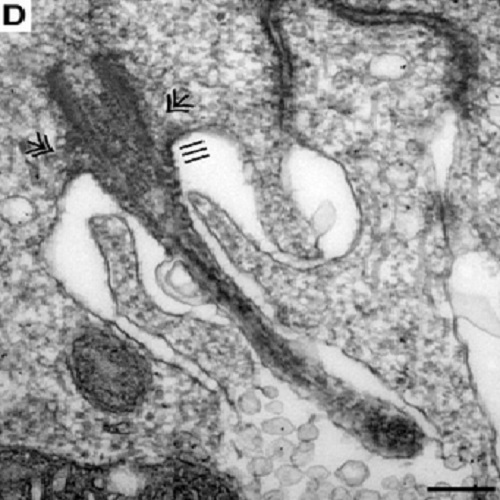Basolateral rather than apical primary cilia on neuroepithelial cells committed to delamination.
Delamination of neural progenitors from the apical adherens junction belt of the neuroepithelium is a hallmark of cerebral cortex development and evolution. Specific cell biological processes preceding this delamination are largely unknown. Here, we identify a novel, pre-delamination state of neuroepithelial cells in mouse embryonic neocortex. Specifically, in a subpopulation of neuroepithelial cells that, like all others, exhibit apical-basal polarity and apical adherens junctions, the re-establishing of the primary cilium after mitosis occurs at the basolateral rather than the apical plasma membrane. Neuroepithelial cells carrying basolateral primary cilia appear at the onset of cortical neurogenesis, increase in abundance with its progression, selectively express the basal (intermediate) progenitor marker Tbr2, and eventually delaminate from the apical adherens junction belt to become basal progenitors, translocating their nucleus from the ventricular to the subventricular zone. Overexpression of insulinoma-associated 1, a transcription factor known to promote the generation of basal progenitors, increases the proportion of basolateral cilia. Basolateral cilia in cells delaminating from the apical adherens junction belt are preferentially found near spot-like adherens junctions, suggesting that the latter provide positional cues to basolateral ciliogenesis. We conclude that re-establishing a basolateral primary cilium constitutes the first known cell biological feature preceding neural progenitor delamination.

- Development 2012 Jan 17;139(1):95-105
- 2012
- Neurobiology
- 22096071
- PubMed
Enabled by:
